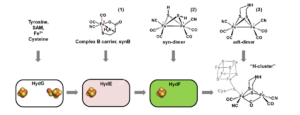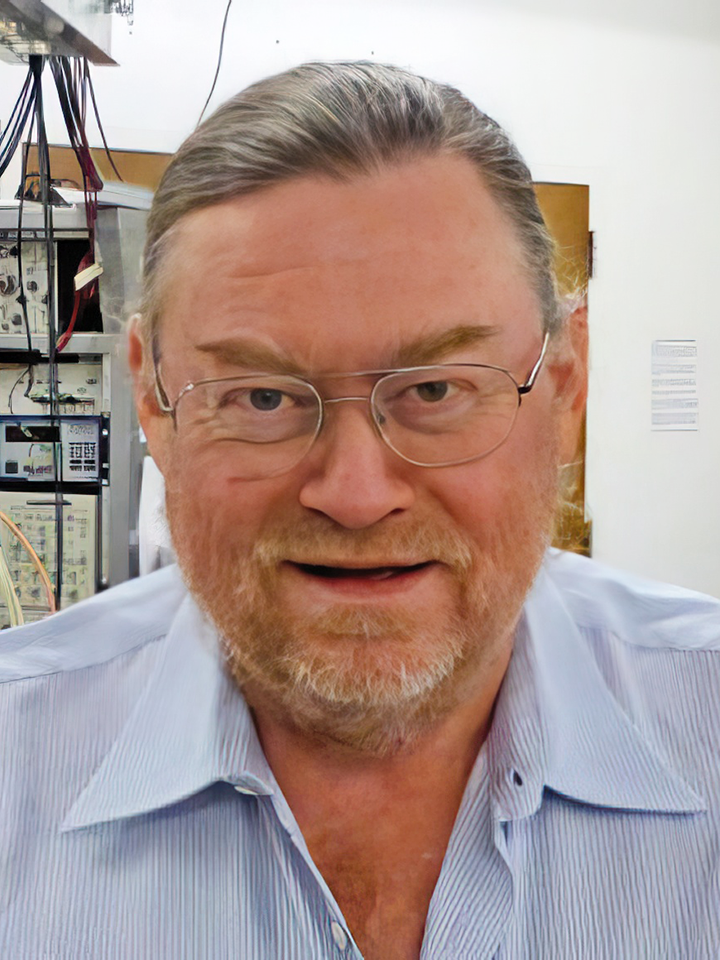R. David Britt
EPR Studies of the Enzymatic Synthesis of the Organometallic H-Cluster of [FeFe] Hydrogenase
Thu, Dec. 8, 2022, 4:30pm
Taylor Auditorium, Frick Chemistry Lab B02
Host: Mohammad Seyedsayamdost
The [FeFe] hydrogenase enzymes are well suited to H2 formation, producing up to 10000 H2 molecules per second, and have therefore generated much interest for renewable energy applications. The H-cluster consists of a binuclear [2Fe]H subcluster which is linked via a bridging cysteine to a [4Fe-4S]H cluster. This [2Fe]H subcluster contains the organometallic elements of the H-cluster: the two irons each have a CO and a CN- terminal ligand and are bridged by a third CO and a unique SCH2NHCH2S azadithiolate (adt) moiety. The H+ and H2 substrates are proposed to bind to and react at this [2Fe]H unit. In addition to the relative rarity of enzymes carrying out organometallic reactions, biosynthesis of the H-cluster poises some specific challenges. Of course, free CO and CN- molecules are toxic. In addition, the bridging adt moiety is known to be unstable in solution. The H-cluster biosynthesis is performed by a set of three “maturase” proteins, HydE, HydF, and HydG, each containing Fe-S clusters. Two of these, HydE and HydG, are members of the radical SAM superfamily of enzymes, while HydF is a GTPase. Our approach to developing a viable mechanistic proposal for H-cluster synthesis includes chemical biology techniques such as cell free synthesis, isotope sensitive spectroscopy such as electron paramagnetic resonance, and the use of synthetic clusters that can serve as functional substitutes for enzyme intermediates.


